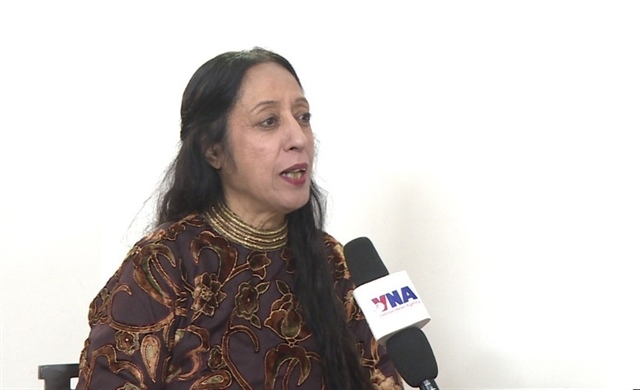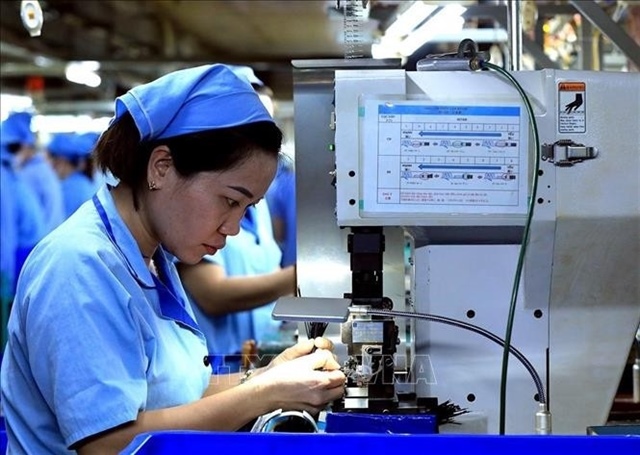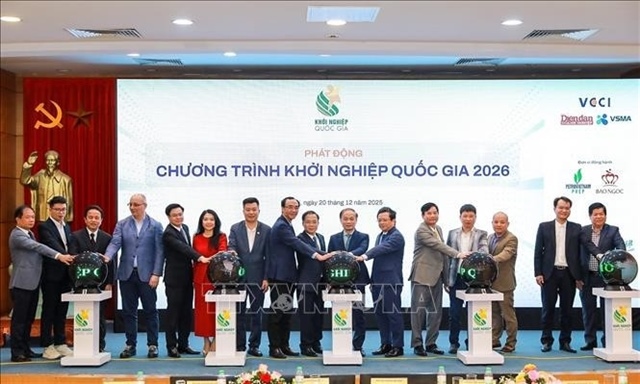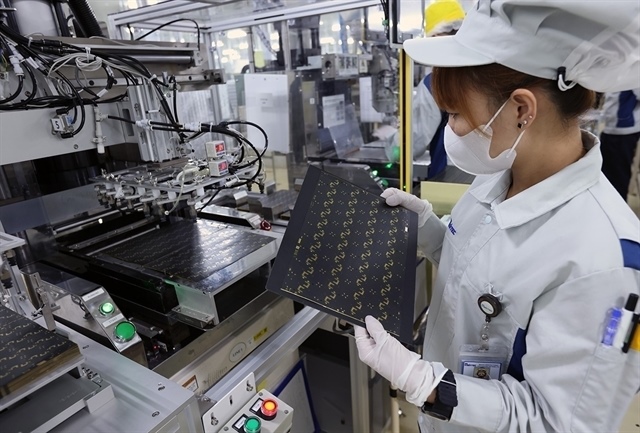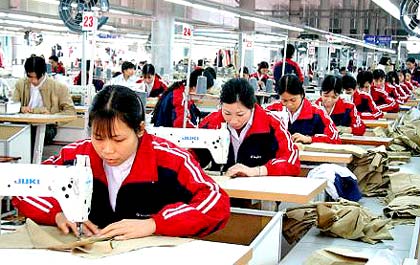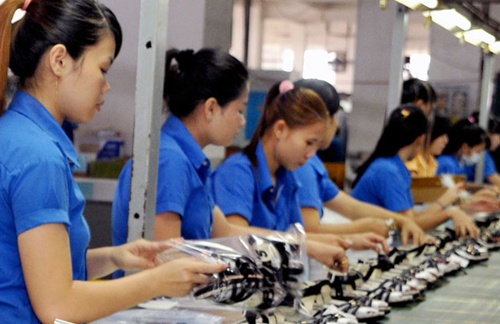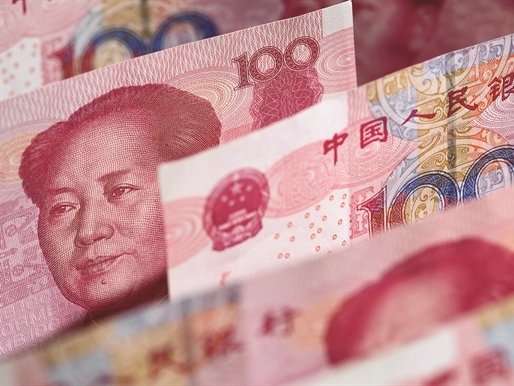Thai companies invade Vietnamese market, push aside Chinese products
Thai companies invade Vietnamese market, push aside Chinese products
Large retailers in Vietnam are either distributing more Thai goods or raising the proportion of Thai goods in their chains.
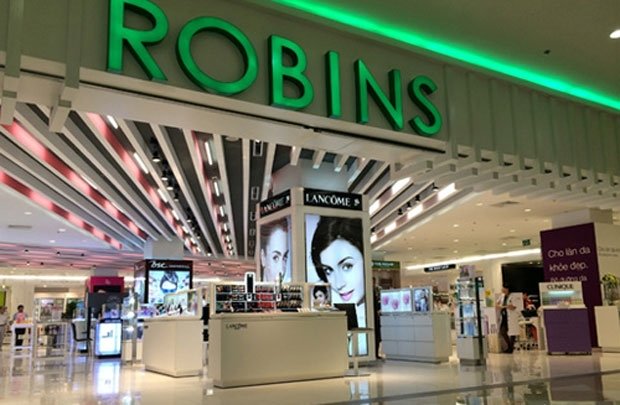
After dislodging Chinese goods from traditional markets, Thai goods are now entering many supermarkets, shopping malls and convenience stores.
The presence of Central Group in Vietnam with two shopping malls in Hanoi and HCM City has paved the way for Thai goods to invade Vietnam.
Tos Chirathivat of Central Group has said that it would open nine Robins shopping malls in Vietnam by 2016.
After buying 49 percent of stake of Nguyen Kim, one of the largest home appliance distribution chains, and taking over Pico, the Central Group is expected to bring more Thai household goods and home appliances to Vietnam.
With Thai money, Nguyen Kim is pursuing an ambitious plan to develop 50 retail points by 2019, while Pico, which now has six supermarkets, plans to raise the figure to 20.
Not only are Thai-owned supermarkets selling Thai products. Nguyen Anh Hong, the owner of Maximark chain, said Thai goods accounted for a high proportion in nearly all categories of products displayed at the chain, from food and cosmetics to consumer and household appliances.
Co.opmart, Big C and Satra Mart, the retailers which give priority to distribute Vietnamese goods, also sell Thai products.
Ho Quoc Nguyen, media director of Big C, said Thai goods had been available at the retail chain since 2009 and they now accounted for an increasingly high proportion of the 10 percent of imports there.
“We have to import products which have a higher quality than domestically made products, or products that cannot be made domestically, so as to create added value for customers,” Nguyen said.
The increased presence of Thai products has raised worries among Vietnamese manufacturers.
According to the Ministry of Industry and Trade, in 2014, Thai-made products ranked second to China among the biggest imports to Vietnam.
Clothing and household use goods sourced from Thailand are available at 9,000 traditional markets in Vietnam.
Seventy percent of electronics and refrigeration products are from Thailand. Meanwhile, Thai fruits account for 40 percent of market share, though Vietnam is a big fruit exporter.
Not only are they available at supermarkets and traditional markets, Thai products have also entered convenience stores.
In 2013, BJC, after taking over Family Mart and renaming it B’s Mart, said that 70 percent of the products at the chain would be from Thailand.
According to the General Statistics Office (GSO), in 2013, Vietnam’s trade deficit in trade with Thailand was $3.2 billion, while the figure was $1.37 billion in the first half of 2014.


